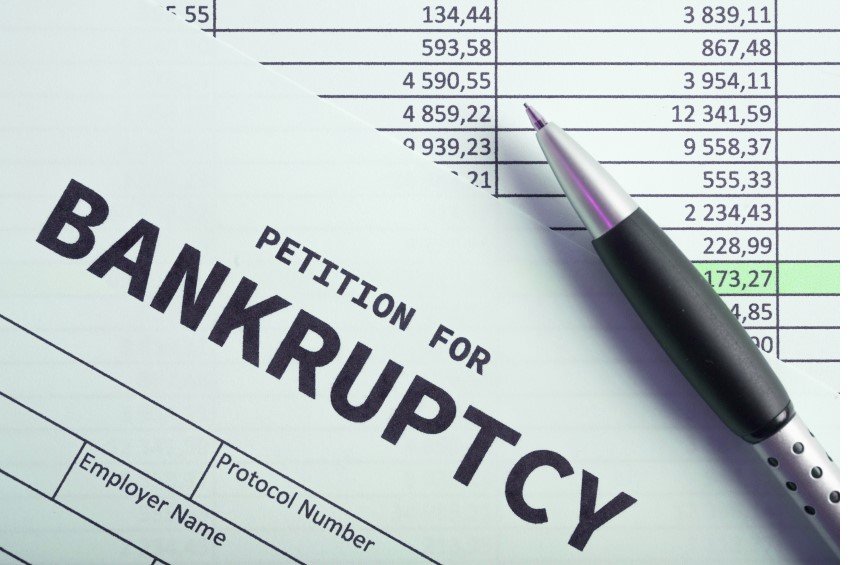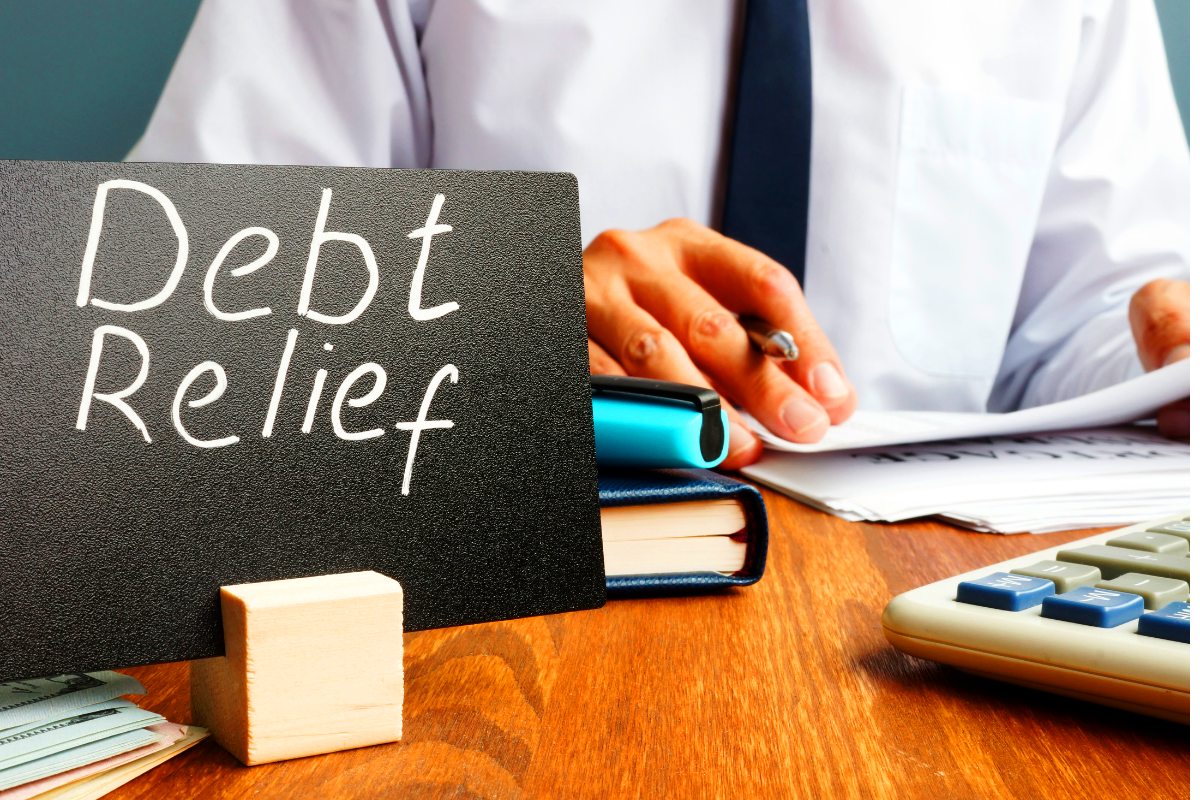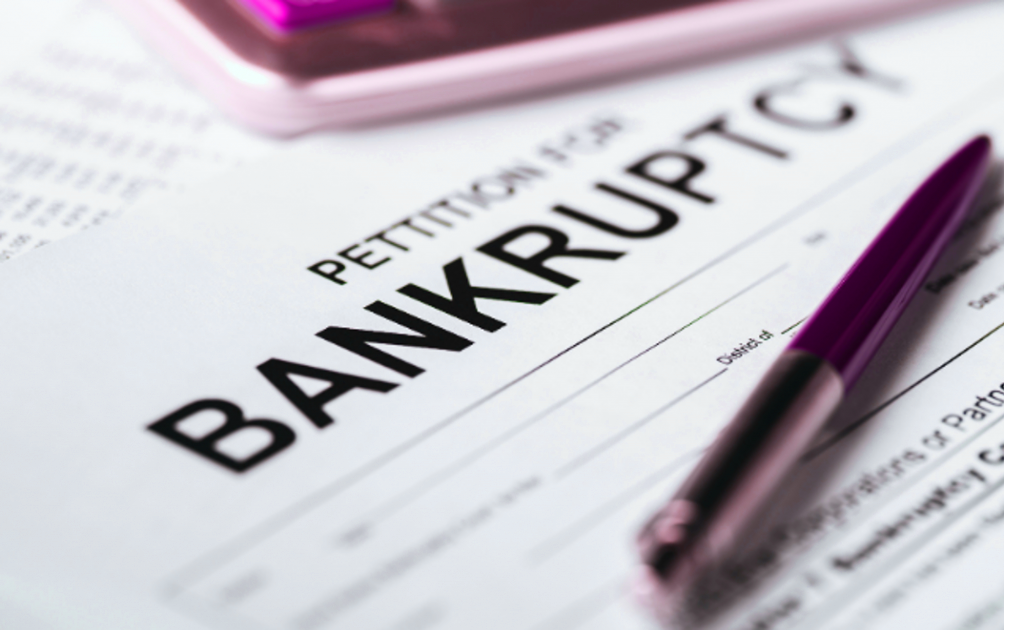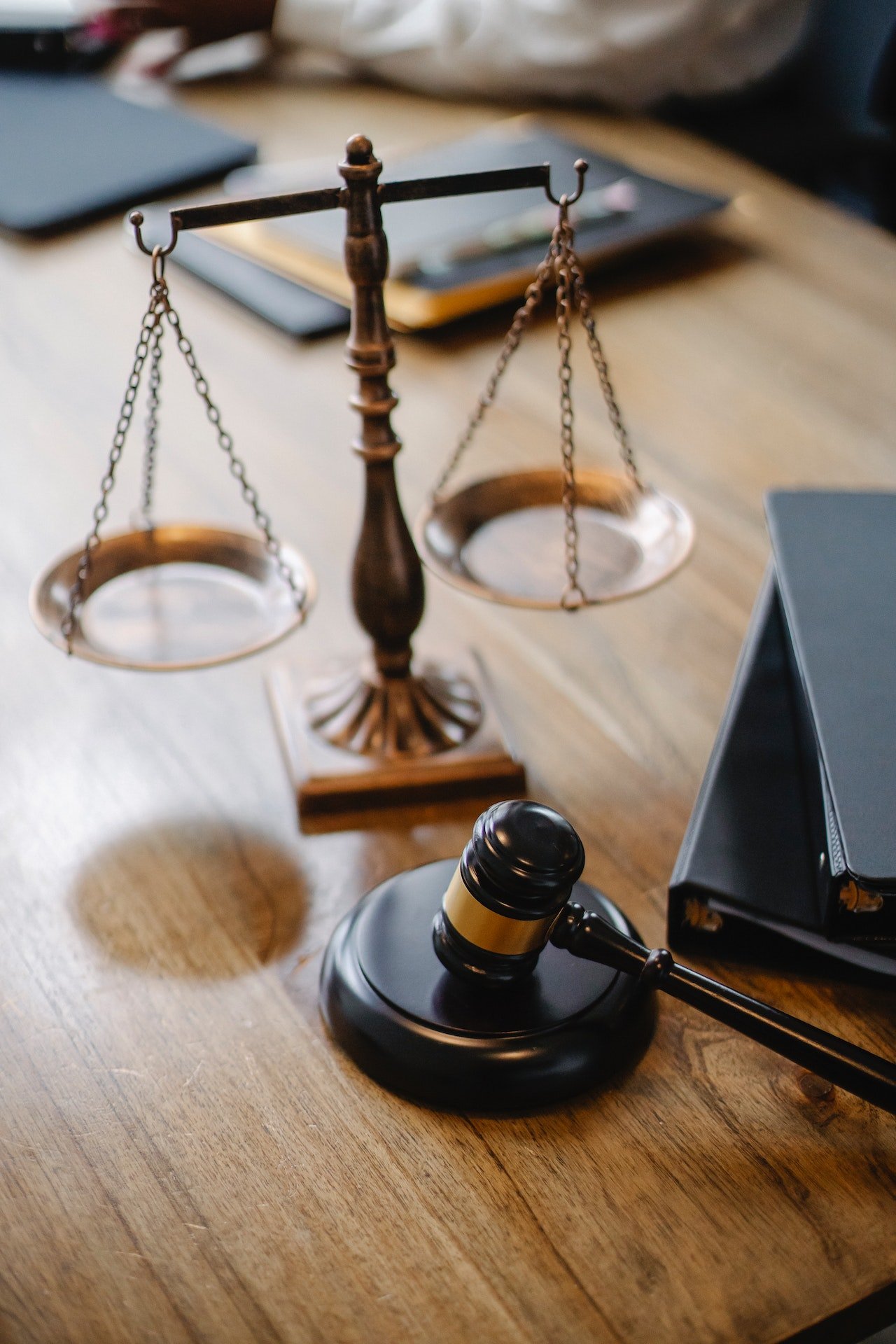From Debt to Freedom: Practical Steps for Debt Relief

Debt is a common issue that affects millions of individuals worldwide. It can arise from various sources such as credit card bills, student loans, medical expenses, or unexpected emergencies. When left unmanaged, debt can become a significant source of stress and anxiety, impacting not only your financial well-being but also your overall quality of life.
Understanding the Burden of Debt
Debt is more than just a financial obligation; it can also take a toll on your mental and emotional health. Constantly worrying about how to make ends meet and feeling overwhelmed by mounting debt can lead to sleepless nights, strained relationships, and a sense of hopelessness. Recognizing the emotional toll of debt is the first step towards seeking relief and reclaiming control over your finances.
Importance of Seeking Debt Relief
Seeking debt relief is essential for improving your financial situation and reducing the negative impact of debt on your life. By taking proactive steps to address your debt, you can alleviate stress, regain peace of mind, and work towards a brighter financial future. Whether you’re struggling with overwhelming debt or simply looking to better manage your finances, there are practical steps you can take to achieve debt relief.
Assessing Your Debt Situation
Before you can effectively tackle your debt, it’s crucial to assess your current financial situation. Start by gathering all relevant information regarding your debts, including credit card balances, loan amounts, and outstanding bills. Creating a comprehensive list of your debts will give you a clear picture of your total debt load and help you prioritize which debts to address first.
Gathering All Financial Information
To accurately assess your debt situation, gather all relevant financial documents, including bank statements, credit card statements, loan agreements, and bills. Having access to this information will allow you to calculate your total debt accurately and identify any missed payments or discrepancies in your accounts.
Calculating Total Debt
Once you have gathered all your financial information, calculate the total amount of debt you owe. Include all outstanding balances on credit cards, loans, and other financial obligations. Knowing your total debt load will help you determine the best course of action for debt relief and create a realistic repayment plan.
Identifying High-Interest Debts
Not all debts are created equal, and some may carry higher interest rates than others. Identify any debts with high interest rates, such as credit card balances or payday loans, as these are likely to be the most expensive and burdensome. Prioritizing high-interest debts for repayment can help you save money on interest charges and accelerate your journey toward debt relief.
Creating a Budget
A budget is a powerful tool for managing debt and achieving financial stability. By creating a realistic budget, you can track your income and expenses, identify areas where you can cut back, and allocate funds toward debt repayment.
Establishing a Realistic Budget
Start by listing all your sources of income, including wages, salaries, and any additional sources of income such as freelance work or rental income. Next, make a list of all your monthly expenses, including rent or mortgage payments, utilities, groceries, transportation, and discretionary spending.
Cutting Unnecessary Expenses
Review your list of expenses and identify areas where you can cut back or eliminate unnecessary spending. This may include dining out less frequently, canceling unused subscriptions or memberships, or finding more affordable alternatives for everyday expenses.
By establishing a realistic budget and cutting unnecessary expenses, you can free up more money to put towards debt repayment and accelerate your progress toward financial freedom.
Read More: Understanding Debt Relief Options: Strategies for Financial Recovery
Exploring Debt Relief Options
There are several debt relief options available to individuals struggling with overwhelming debt. Each option has its pros and cons, and the best choice for you will depend on your unique financial situation and goals.
Debt Consolidation
Debt consolidation involves combining multiple debts into a single loan with a lower interest rate. This can make it easier to manage your payments and potentially save money on interest charges. Debt consolidation can be especially beneficial if you have multiple high-interest debts, such as credit card balances.
Debt Settlement
Debt settlement involves negotiating with creditors to reduce the total amount of debt owed. This can be done either directly with your creditors or through a debt settlement company. Debt settlement can be a viable option if you’re unable to afford your current monthly payments and are facing the possibility of bankruptcy.
Bankruptcy
Bankruptcy is a legal process that allows individuals to eliminate or restructure their debts under the supervision of a bankruptcy court. While bankruptcy can provide relief from overwhelming debt, it also has long-term consequences for your credit score and financial future. It should only be considered as a last resort when all other debt-relief options have been exhausted.
Implementing Debt Relief Strategies
Once you’ve chosen a debt relief strategy that aligns with your financial goals, it’s time to take action and implement your plan.
Negotiating with Creditors
If you’re struggling to keep up with your monthly payments, consider reaching out to your creditors to discuss alternative repayment options. Many creditors are willing to work with you to create a more manageable payment plan, especially if you’re facing financial hardship.
Consolidating Debts
If you have multiple debts with high interest rates, consolidating them into a single loan with a lower interest rate can help simplify your finances and reduce the overall cost of borrowing. Consider applying for a debt consolidation loan from a bank or credit union or explore other consolidation options such as a home equity loan or line of credit.
Seeking Professional Assistance
If you’re feeling overwhelmed by your debt or unsure of the best course of action, consider seeking professional assistance from a financial advisor or credit counselor. These professionals can provide personalized guidance based on your unique financial situation and help you explore debt relief options that align with your goals.
Maintaining Financial Stability
Achieving debt relief is not the end of the journey but rather the beginning of a new financial chapter. It’s essential to focus on maintaining financial stability and avoiding falling back into debt.
Building an Emergency Fund
One of the best ways to protect yourself from future financial hardships is to build an emergency fund. Aim to set aside at least three to six months’ worth of living expenses in a separate savings account that you can access in case of unexpected expenses or emergencies.
Practicing Financial Discipline
Maintaining financial discipline is key to staying debt-free and achieving long-term financial success. Avoid unnecessary spending, stick to your budget, and prioritize saving and investing for your future goals. By practicing financial discipline and making smart financial choices, you can avoid falling back into debt and enjoy greater peace of mind.
Celebrating Achievements and Progress
As you make progress towards debt relief, take the time to celebrate your achievements and milestones along the way. Whether it’s paying off a credit card balance, reaching a savings goal, or sticking to your budget for a consecutive month, every small victory is worth celebrating.
Reflecting on Successes
Take a moment to reflect on how far you’ve come and the progress you’ve made towards your financial goals. Acknowledge the challenges you’ve overcome and the sacrifices you’ve made along the way. By celebrating your achievements, you can stay motivated and inspired to continue on your journey towards financial freedom.
Setting New Financial Goals
Once you’ve achieved debt relief, set new financial goals to continue building wealth and securing your financial future. Whether it’s saving for a down payment on a home, investing for retirement, or starting a college fund for your children, having clear goals will help you stay focused and motivated.
Read More: Debt Management Solutions: Breaking the Cycle of Financial Strain
Conclusion
Debt relief is achievable with careful planning, discipline, and determination. By assessing your debt situation, creating a budget, exploring debt relief options, implementing strategies, maintaining financial stability, and celebrating achievements, you can break free from the burden of debt and pave the way toward a brighter financial future.
FAQs
How long does it take to achieve debt relief?
Achieving debt relief depends on various factors, including the total amount of debt, your income, and the debt relief strategy you choose. It may take several months or even years to become debt-free, but every step you take toward financial freedom is progress.
Will debt relief affect my credit score?
Debt relief strategies such as debt settlement or bankruptcy may hurt your credit score in the short term. However, over time, as you demonstrate responsible financial behavior and make timely payments, your credit score can improve.
Is debt consolidation the right choice for everyone?
Debt consolidation can be an effective solution for individuals with multiple high-interest debts. However, it’s essential to carefully consider the terms of the consolidation loan and ensure that it will ultimately save you money on interest payments.
What should I do if I’m struggling to make debt payments?
If you’re having difficulty making debt payments, it’s crucial to communicate with your creditors and explore alternative repayment options. Consider seeking assistance from a reputable credit counseling agency or financial advisor who can provide personalized guidance based on your unique situation.
How can I avoid falling back into debt after achieving relief?
To avoid falling back into debt, focus on maintaining disciplined spending habits, building an emergency fund, and prioritizing savings. Avoid taking on new debt unless necessary, and regularly review your budget to ensure that you’re living within your means.










One Comment